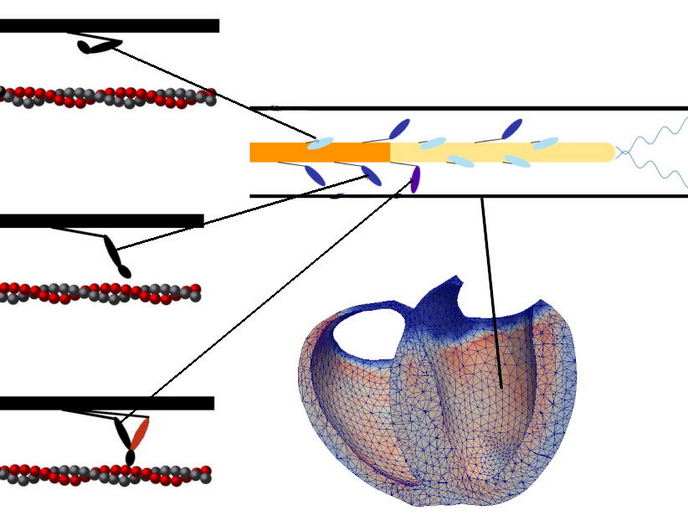Synthesising biominerals
In forming biominerals, nature shows that it is possible to gain remarkable control over crystallisation processes. Under the aegis of the PINSYS project, scientists with multidisciplinary expertise successfully employed a number of bio-inspired strategies to produce novel porous inorganic nanoparticles for biomedical applications. Mesoporous solids are materials with pore diameter ranging between 2 and 50 nm. PINSYS tested several materials including mesoporous silica nanoparticles (MSNs) for their ability to control crystal nucleation. Researchers also developed an innovative technique where MSNs act as nucleating agents and fetuins as growth inhibitors. Fetuin is a serum protein that helps regulate vascular calcification and bone metabolism. Their efforts were fruitful, leading to synthesis of the mesoporous HA nanorods. Further, the size and porosity of these nanoparticles could be tuned by varying the fetuin concentration. Scientists used bovine serum albumin as the large molecule drug for assessing the applicability of mesoporous nanoparticles in drug delivery. Mesoporous HA nanorods displayed a significantly higher payload capacity and a more sustained drug release profile than solid HA nanorods. They also showed that these particles are easily up-taken by cells. This suggests that they would be good for intracellular drug delivery applications. Increasingly higher ageing population numbers implies larger health care demands on the already overburdened European health care systems. Project activities are highly promising, particularly in the area of nanomedicine. The techniques developed could be used in targeted drug delivery and controlled release systems for treating diseases like cancer.







